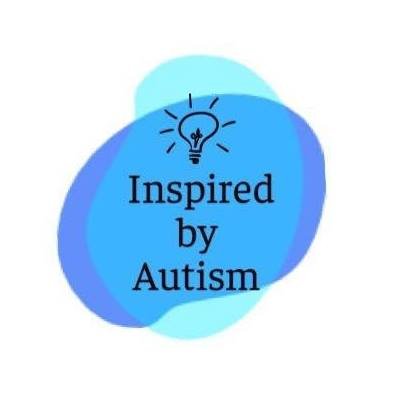Why should we use visual supports?
“I'm a visual thinker, not a language-based thinker. My brain is like Google Images.” - Temple Grandin.
Visuals are constant, words are temporary - If you tell a student “it’s time for Maths” that instruction is temporary, the student may be processing a range of sensory experiences at once and once that instruction is give, it is gone. If the student misses the instruction, they miss it. Whereas if you show a visual to represent ‘Maths time’, it is constant - it is there for the student to refer back to time and time again. It is also easier for the student to follow a visual instruction whilst processing other sensory experiences than it is to take in and process more verbal language.
Create independence - Visual cues such as visual schedules and reminders around school and in the home can replace the reliance on adult instruction, for example; a student might be able to prepare their own lunch with the assistance of a visual schedule, whereas without it he/she may need adult support and reminders.
Visual supports such as visual schedules allow predictability for students - students can predict how their day will run. This gives students who often have communication difficulties a sense of control and autonomy over their day.
Reduce anxiety and frustration - We know that our students are visual learners. We know that responding to a visual cue is easier than responding to verbal instruction. We know that our students have communication difficulties and often struggle with words. Communicating with them through visuals, giving them a visual means of communication, ensuring they are understood and that they understand will reduce frustration, reduce anxiety and as a result reduce incidences of behaviours that challenge.
